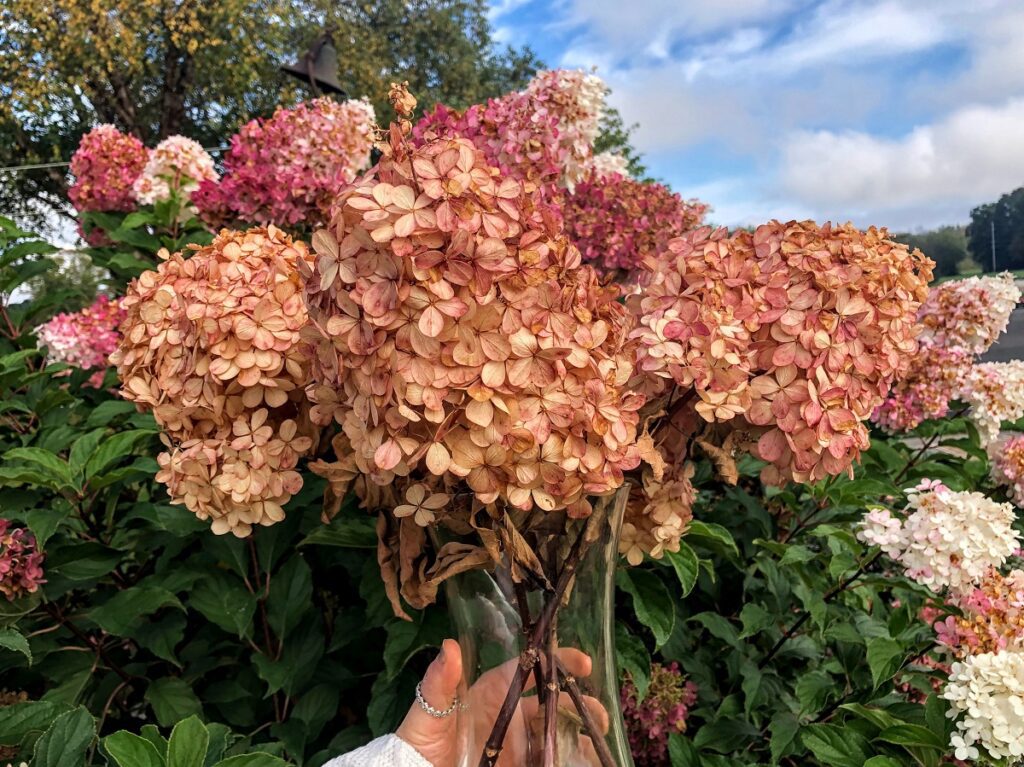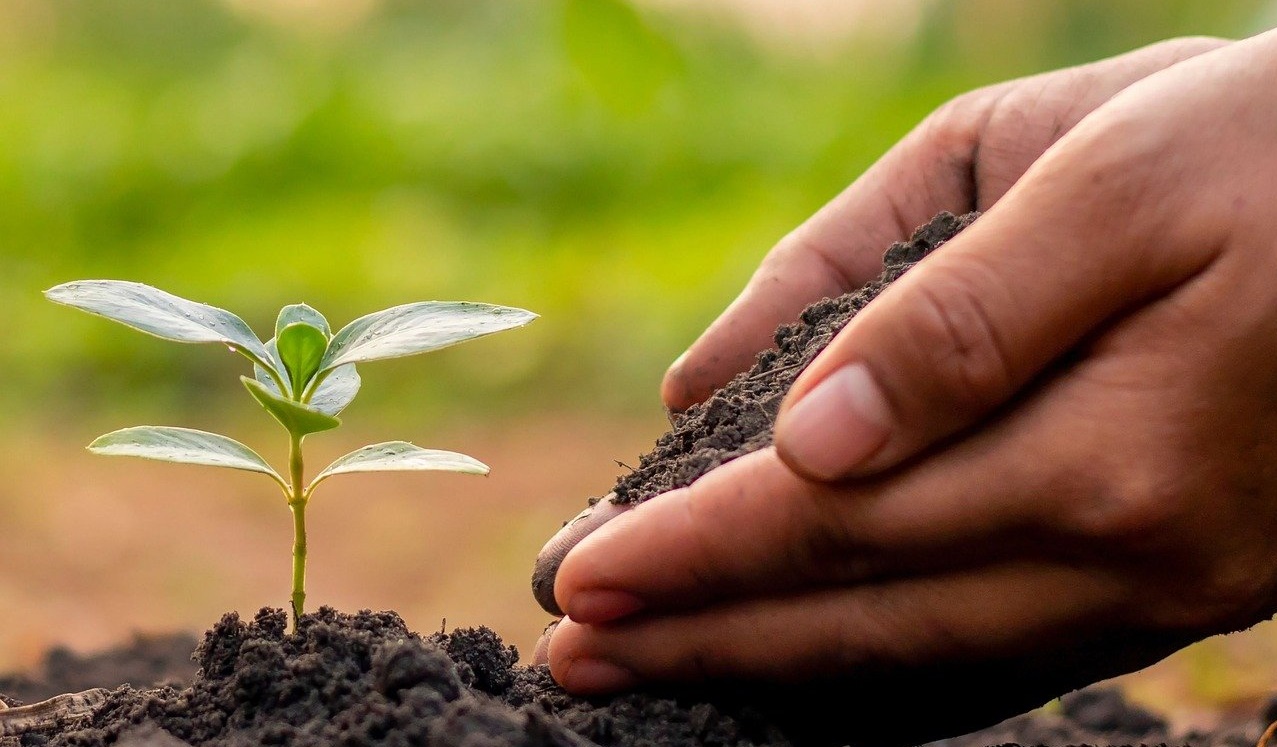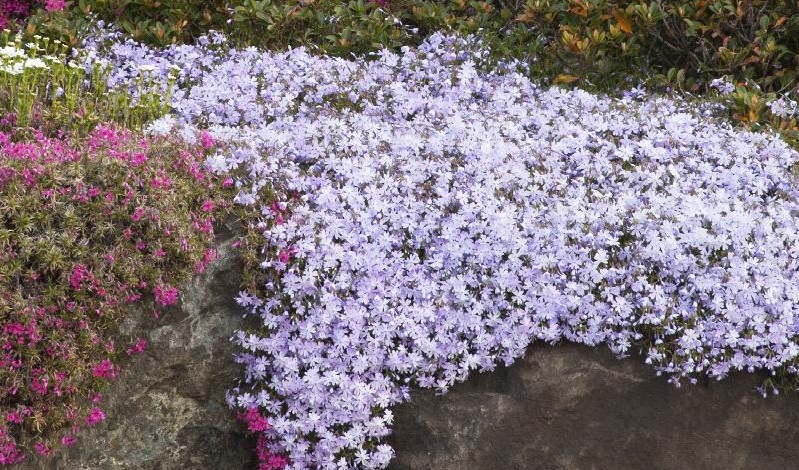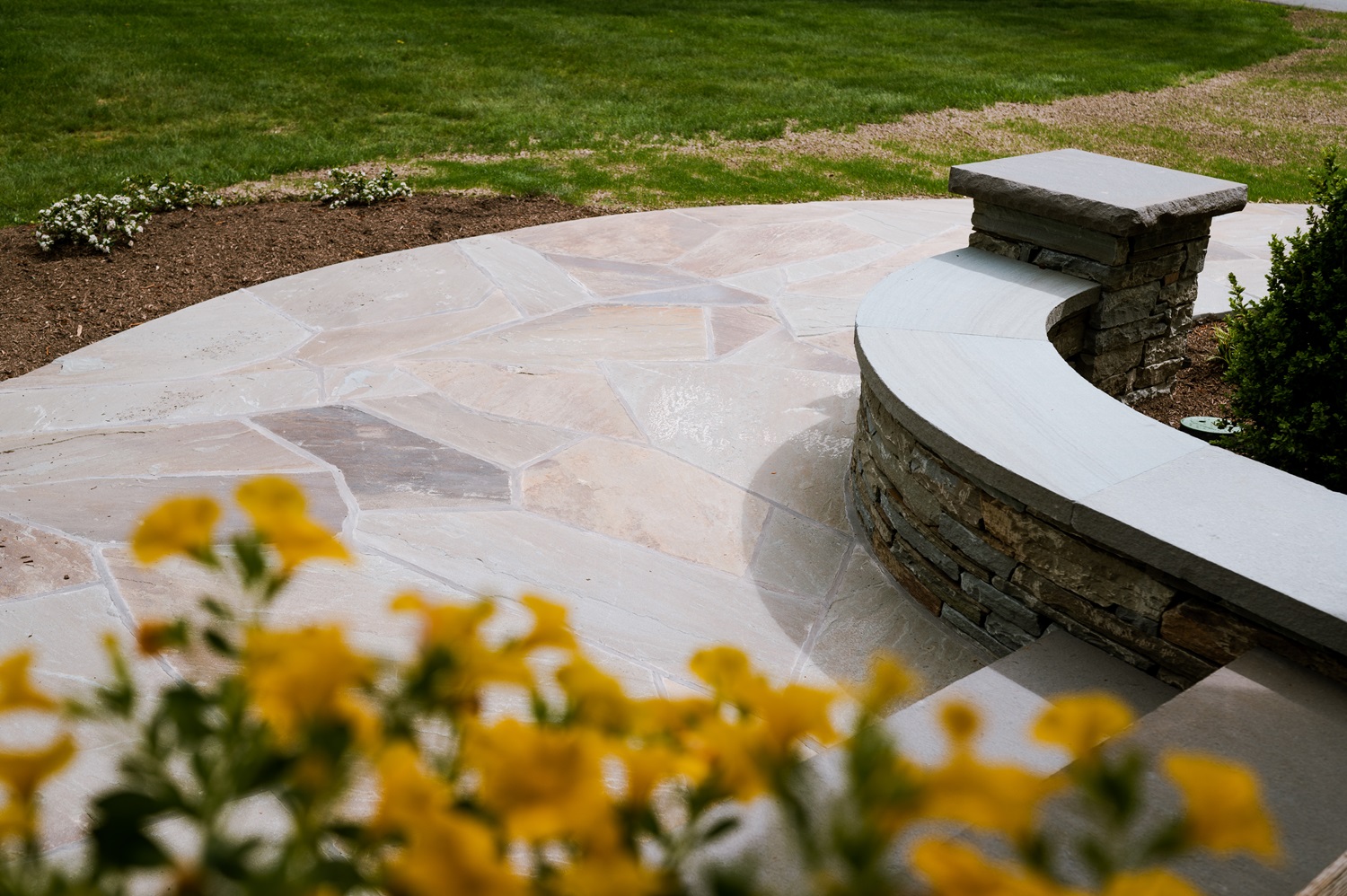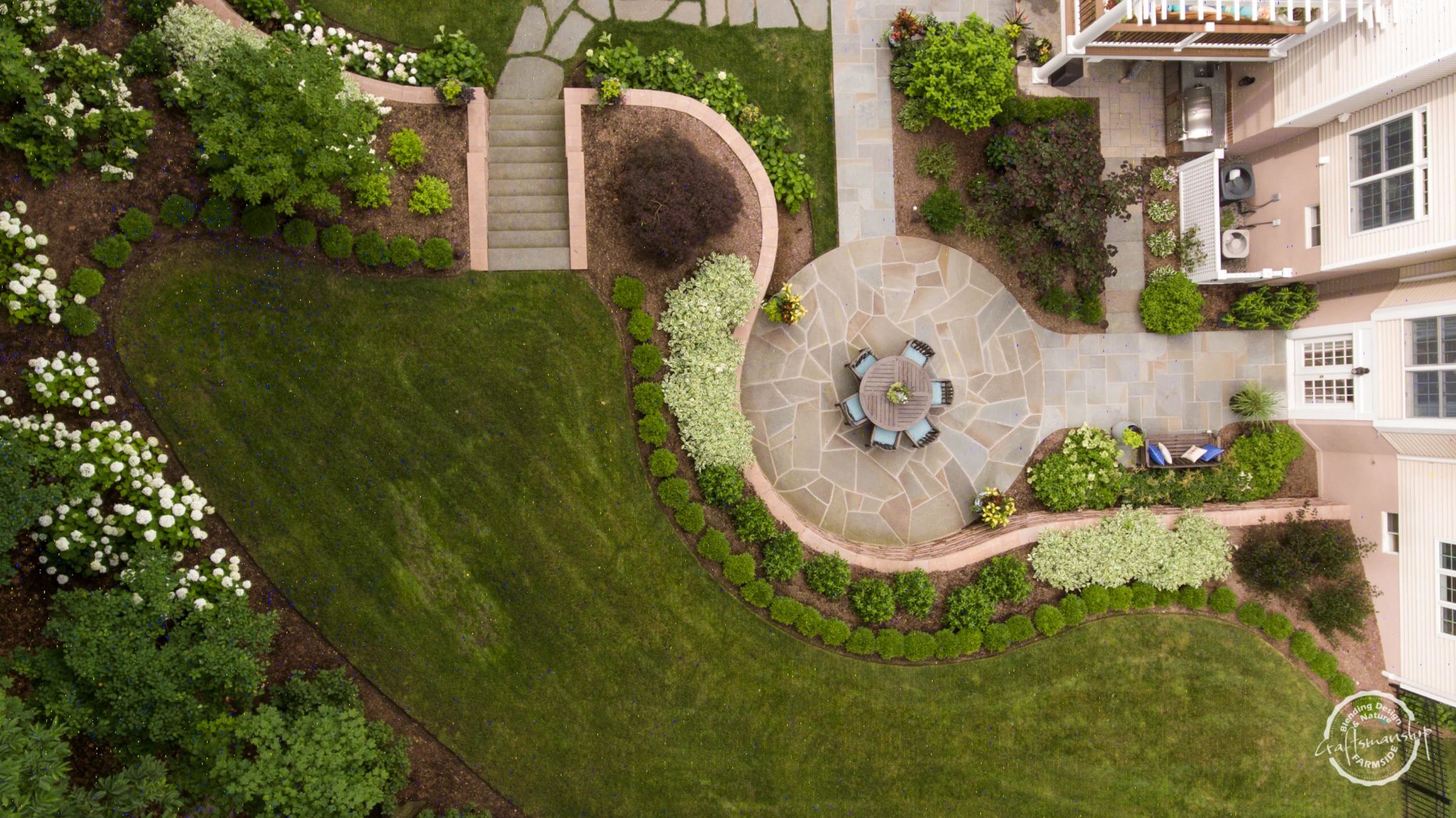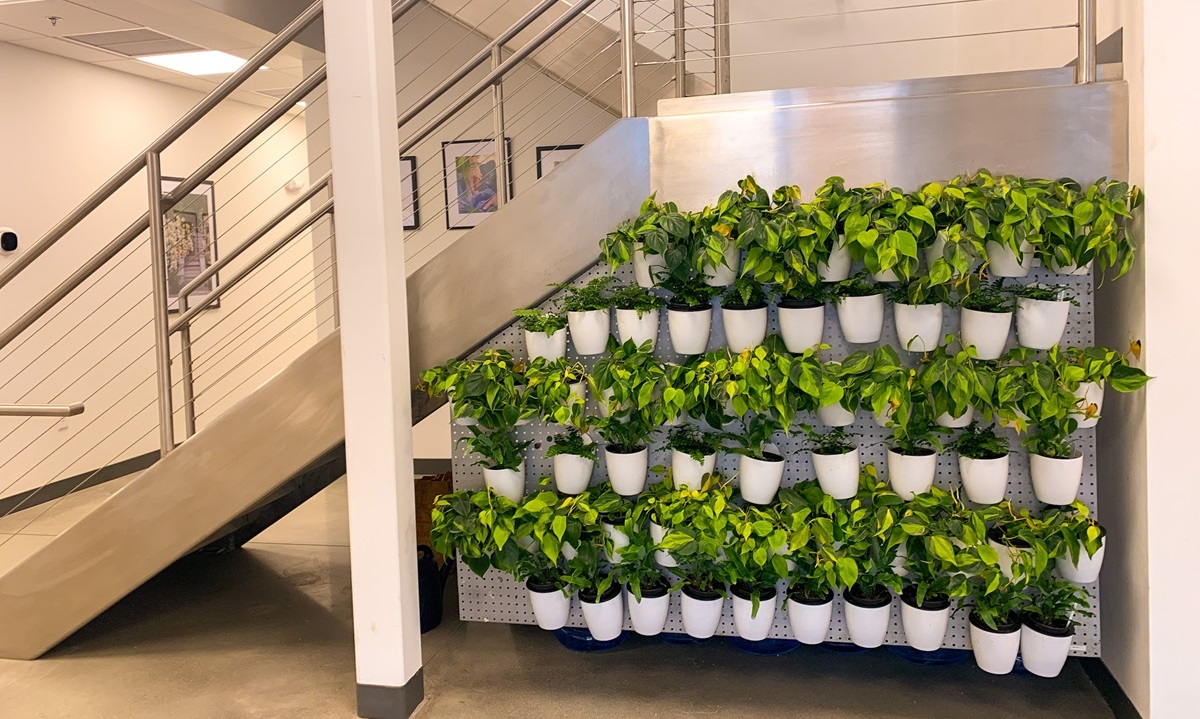The Best Varieties for Drying – While you can dry any hydrangea blooms, “mop-head” varieties with their tighter flowers such as “Endless Summer” and cone-shaped, panicle hydrangeas such as “Limelight” are outstanding choices for drying.
Best Time to Cut Hydrangea Blooms
The trickiest part of drying hydrangeas is cutting the flowers at the right time. While it’s tempting to cut them at their peak bloom and color, at that time they’ll have too much moisture in them to dry quickly enough to retain their shape and beauty. But if you cut them too late, they’ll just turn brown. The best time to cut them is when you notice a color shift in the flowers and the petals start to have a papery feel to them. In our area, depending on the variety of hydrangea, this can be anytime from August through October. You may find some brown spots on them at this time, but you can always remove these before or after drying.
The best time to cut the flowers is in the morning after the dew has dried from the petals. Use clean, sharp shears or pruners and cut the stems at an angle, allowing for 12”- 18” of stem. Drying tends to emphasize imperfections, so select the best blooms you can and leave the rest to enjoy in the garden. Once cut, strip the leaves from the trimmed blooms and place them in a container with water.
Best Methods for Drying
Water – It may seem counterintuitive to dry flowers in vases of water, but this is actually the preferred and most successful way to dry hydrangeas. Place your cuttings in a clear container filled with a few inches of water. Make sure the flowers have plenty of air space around them for optimum drying conditions. You may also want to stagger the lengths of the flower stems to help aid in this process. Keep your cuttings out of direct sunlight, then simply allow the water to evaporate as the flowers dry. This can take two or more weeks. If you notice that the water in the container has evaporated but the flowers still aren’t completely dry, you can add a bit more water to the container. You’ll know your flowers are properly dried when the petals feel stiff, and the stems snap easily.
Air – You can opt to air-dry hydrangeas by hanging individual stems upside down in a cool, dry location, out of direct light. This method tends to leave the flowers slightly more brittle when dried than when using the water-drying method, but they will still be lovely. You can also allow the blooms to dry naturally outdoors on the plant itself, but the color will be less vibrant. Additionally – especially in our area where transitional seasons like fall can bring rain – the risk of the flowers turning brown before properly drying out is significant.
Silica – If you want to try to preserve the brighter colors of hydrangeas typically found at the height of summer, you may want to opt for using silica to dry them out. You can find silica – a type of natural mineral – at most craft or hobby stores. This method requires a gentle touch. You place a layer of silica on the bottom of a container and gently lay the flower on top of the silica. Then carefully pour more silica around the flower and in between each individual petal, encasing the entire bloom. Make sure to preserve the shape of the flower while adding the silica and avoid having the flower press against the container. It can take about 4 days or so for the flower to dry using silica. This method is the best choice for preserving the colors of the blooms at their most vibrant.

